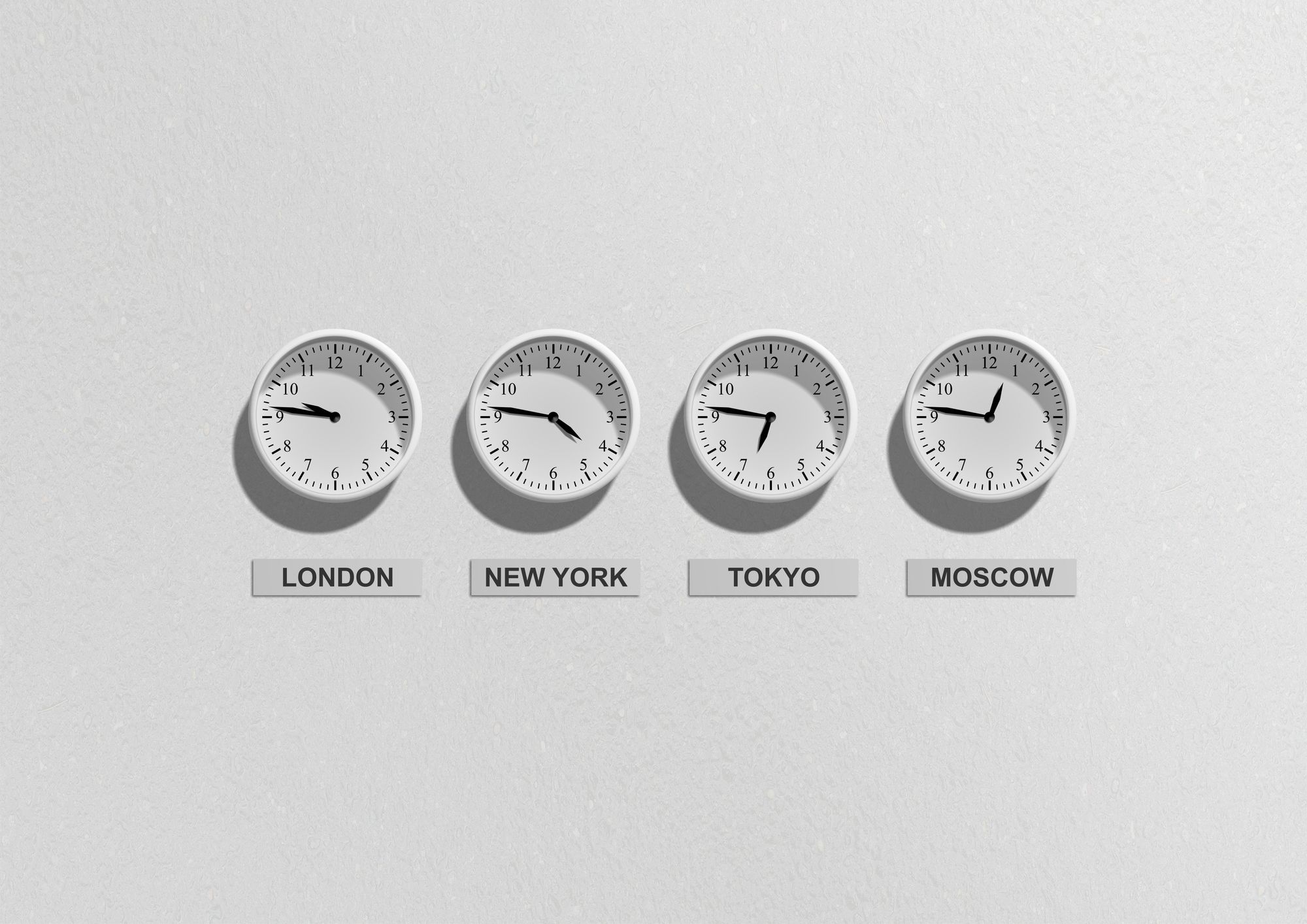How to Manage a Team across Multiple Time Zones
Reading Time:
Reading Time:

Marketers are realizing that global teams may be extremely useful to a company's culture and capacity to acquire varied talent as remote work and satellite offices grow more common.
Despite all of the advantages of having a diversified global workforce, businesses are still figuring out how to collaborate effectively across time zones.
To minimize any mistake regarding work hours availability, mark your usual work hours on the team calendar, along with your and your colleagues' time zones. Creating and using a management portal that presents a timeline with relevant time zones can assist in keeping track of work schedules and modifications, as well as comparing them to their appropriate time zones.
Also, when marking specifics for scheduled meetings, deadlines, or any random project discussion, remember to be very clear with time zones. This enables your global staff to align the outlined time zone with their own. Failure to define your projected time owing to time zone differences might lead to confusion regarding submission deadlines, conference meeting times, and even your entire approach.
Schedule regular virtual meetings with your employees to keep in touch and discuss their work progress. It is advisable to have a customized communication platform designed just for your company's personnel. You may streamline your international communication system by using virtual project management and meeting solutions like progress tracker and task management software.
It also aids job productivity by allowing you to track employee development on your own time and discuss it during a scheduled meeting. These tools also make it easier to collaborate on the same projects by allowing you to simply communicate with your colleagues. Also, keep in mind that your meetings should be scheduled at a time that is convenient for both you and your employees.
It is easier for a new employee to adjust to work culture in a traditional, physical office setting. This is due to the presence of additional teammates who can assist them as needed. In a remote work environment, on the other hand, you'll need to set aside time to help newly hired staff comprehend and adjust to the culture.
Appreciation is an important factor in fostering positive employee engagement when working remotely. Furthermore, if your staff work hard to successfully balance tasks throughout different management hours, they deserve some extra praise. In addition to sending appreciation emails, consider hosting entertaining, educational workshops to help employees bond with one another while also allowing them to advance professionally.
To say the least, balancing a worldwide corporation with personnel working from various locations around the world can be difficult. Nonetheless, a well-planned work culture that effectively balances several time zones' work hours can definitively signal tremendous growth for your firm.
If you work in a country where half of your team is located, ask your manager if you may work a half-day in the office and then work remotely one or more days per week. A split shift is when you work one shift that caters to your timezone and then another shift that caters to the timezone of another team.
Splitting your hourly schedule around the time zones of your team helps you to be more available for meetings or rapid communication with your overseas colleagues while not neglecting your office colleagues. It will also allow you to be available to your international department without having to stay awake all night.
Tips from Icehrm, a promising digital HR managing platform.